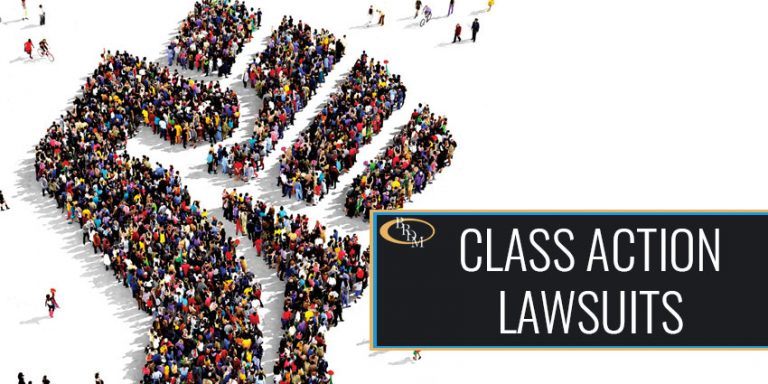

Though a common requirement, claims are not always required to receive compensation in a case. Submit a claim: Individuals are usually asked to submit their personal information and details surrounding their own negative experience.Do nothing: The individual relinquishes the right to receive compensation or sue the company for the issues outlined in this case at a later time.Those who have been impacted by the case have a few options to take action. A website will be created to facilitate claim filing so individuals may redeem their due compensation. In order to reach as many effected consumers as possible, a class notice is publicized.

So long as it is fair to all those involved and shows no signs of collusion, it will typically achieve preliminary approval. Once a solution has been reached between the parties, it will be presented to the judge handling the case. This injunction could require the defendant to stop, or start, doing something to directly address their offense and protect consumers. In addition to offering this reimbursement to right past errors, the parties will settle on actions for the defendant to take to prevent similar subsequent issues.

At this stage, the plaintiff will fight for fair repayment to reconcile the issue they, and others in the class, endured. In the event that it does happen before a judge certifies the case as a class action, the parties will work together to reach an agreement regarding what constitutes the settlement class.Ĭompensation falls under the umbrella of settlement talks. Settlements may precede official class certification.
Class action lawsuits trial#
Potential publicity a trial would bring.The plaintiff’s case and the defendant’s ability to fight it.Typically, the length between filing a class action lawsuit and the start of settlement talks is influenced by: However, if a settlement cannot be reached, the jury is tasked with deciding on the outcome.Ĭases vary in the time they take to reach settlement conversations. The parties may still negotiate a settlement during the trial period. The defendant’s attorneys may question the lead plaintiff on their specific complaint, while the plaintiff’s attorneys could request company documents related to the focus of the lawsuit.Ĭases that do not settle are tried before a jury. To be granted this certification, the judge must find that the prevalence of the issue is significant enough to represent a considerable number of consumers, thus lessening the likelihood of multiple personal claims for the same issue.īoth parties’ attorneys will compile relevant evidence to support their cases. This document outlines the class covered by the lawsuit, the facts of the case, and the compensation being sought.Ī case is considered to be a “putative class action” until a judge confirms its qualification as a proper class action lawsuit. Once we determine that a class action can be filed, we will draft a formal complaint and submit it to the court. How similar cases were ruled and settled in the pastĪfter a careful study of your specific case and the precedents set by other lawsuits, our attorneys will help you determine if you should pursue a class action suit or opt for an individual complaint.If the company or person who the complaint is being raised against is protected by a bankruptcy filing.If there is any statute of limitations that could bar a lawsuit filing.If multiple people have been injured or dissatisfied in comparable ways.If a lawsuit alleging the same claims was already filed.Our lawyers will investigate the prevalence of the complaint among other consumers. Though the process can be time-consuming, it offers relief to effected individuals while also promising corrective actions on behalf of the defendant to avoid similar problems in the future.Įvaluating and Investigating the ComplaintĬlass action lawsuits start with an individual and their personal complaint. The cases typically handle small-scale losses shared by a significant number of customers. How a Case Moves from a Complaint to an Approved SettlementĪ class action lawsuit can protect consumers who were wronged in similar manners by the same company.


 0 kommentar(er)
0 kommentar(er)
